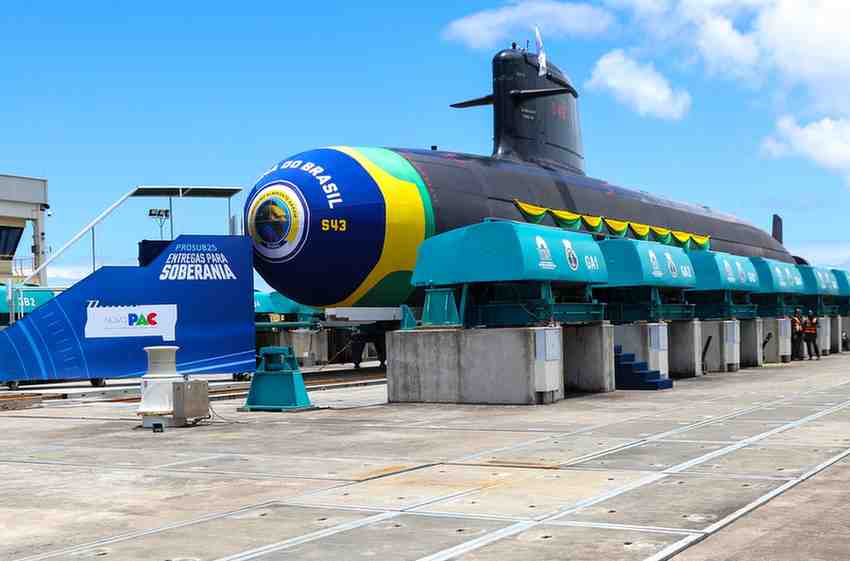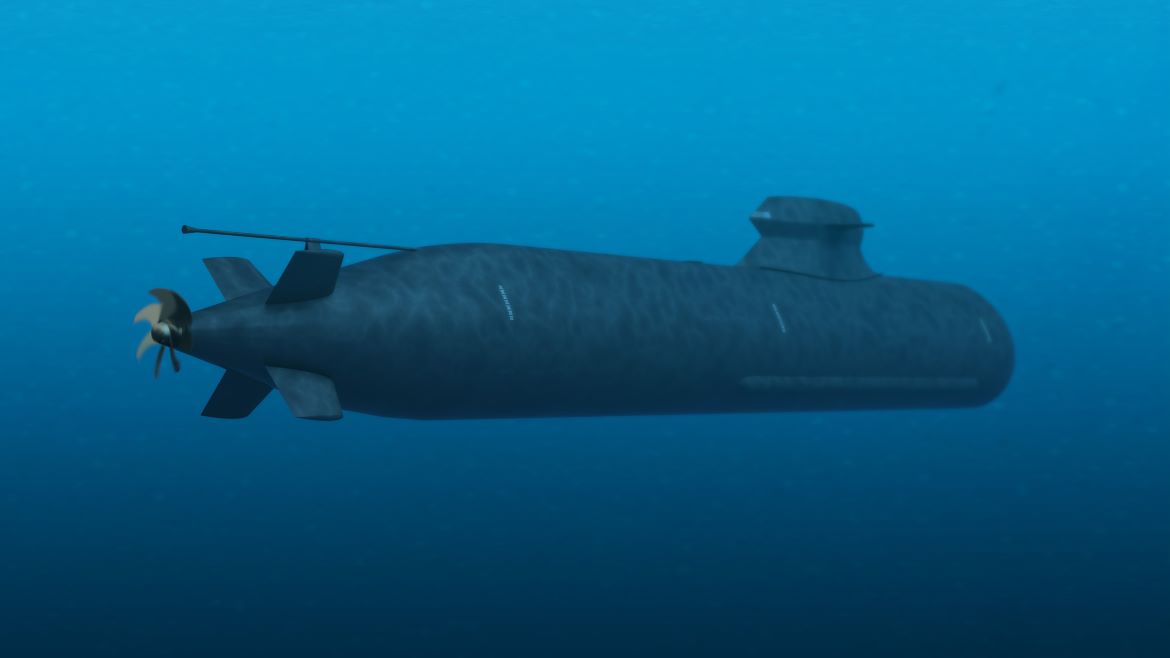Firefly Aerospace has reached a $9.84 billion valuation on Thursday as its shares surged 55.6%. This shows strong investor appetite for companies supporting the expansion of the U.S. space and defence sector.
Firefly is a Texas-based space technology firm. It became the first private company to achieve a successful lunar landing earlier this year. Firefly opened trading at $70 per share. well above its $45 IPO price and briefly touched $71.16. The offering, priced above its already raised range of $41 to $43, brought in $868.3 million. Firefly valued at $6.32 billion at the time of the IPO.
Table of Contents
ToggleFrom Bankruptcy to Breakthrough
The company was founded in 2014 by Tom Markusic. Tom is now the chief technology officer at Firefly. Initially, he was focused on its medium-class Alpha rocket. Now, he looks to expand into spacecraft and lunar lander services. The company’s journey has seen a bankruptcy in 2017 and an ownership change driven by U.S. national security concerns. Last year, Jason Kim took over Firefly as the CEO.
“The best companies go through hard times and challenges. But the best companies get back up,” Kim told Reuters. He cited the firm’s milestone moon landing and plans to deliver maneuverable space vehicles for the U.S. Space Force.
IPO Momentum and Market Potential
Firefly’s public listing marks the largest U.S. IPO this year by a space technology company, ahead of recent debuts from Karman Holdings and Voyager Technologies. Analysts see strong momentum in the sector. This momentum is driven by rising geopolitical tensions and the U.S. government’s push to integrate private-sector efficiencies into space programs.
Read more: Boeing Delivers Nusantara Lima Satellite to Boost Indonesia’s Strategic Communications
“Firefly has already demonstrated responsive launch capabilities and delivered a lunar payload. These are the proof points that matter to the Space Force and NASA,” said Ali Javaheri. The company reported a $1.1 billion backlog and more than 30 launches under contract as of March 31.
Eyeing the “Golden Dome” Defense Program
Space is becoming a critical frontier in defense strategy. Alongsode the space quests, Firefly is also positioning itself for participation in the U.S. “Golden Dome” defense system. Kim noted that its Alpha rocket could be used to launch test missile targets. He also noted that Firefly’s Elytra spacecraft could host space-based missile interceptors.
Firefly’s partnerships also enhance its prospects. Northrop Grumman, a key U.S. defense contractor, is co-developing the larger Eclipse rocket with Firefly, set for a 2026 debut. Japanese conglomerate Mitsui’s involvement adds supply-chain resilience and potential access to Asian markets.
Despite its rapid rise, Firefly expects to post net losses for several years as it scales production. Still, with a solid backlog, a proven lunar capability, and strong defense ties, the company is now seen as a significant player in both commercial and military space markets.
Javeria Sajid is an Aerospace Engineering student from NUST with a background in technology and a sharp focus on the global political landscape and defence innovation. She writes to make complex defence technologies understandable, and aspires to bridge journalism, policy, and engineering in her work.
- Javeria Sajidhttps://defensetalks.com/author/javeria-sajid/
- Javeria Sajidhttps://defensetalks.com/author/javeria-sajid/
- Javeria Sajidhttps://defensetalks.com/author/javeria-sajid/
- Javeria Sajidhttps://defensetalks.com/author/javeria-sajid/












